Yang turns her familys odyssey into a full adventure of survival in the face of adversity. It is a triumph of the human spirit that refuses to capitulate, to give up hope, that finds a way to start all over again from scratch, and, above all, inspires others to do the same. DR. GARY YIA LEE
In telling the story of her Hmong familys flight from genocide in the jungles of Laos and poverty in the refugee camps of Thailand to achieve a safe life in America, Yang has fashioned a bittersweet and engrossing epic that is mythic in its beauty, tenderness, and power. HONOR MOORE
This is a wise, important, and beautiful bookan evocation of extraordinary human courage and the inspiring strength of familial love. STEPHEN OCONNOR
A powerful book documenting the refugee experience that I believe, one day, my children will read to their children.
The Latehomecomer
A HMONG FAMILY MEMOIR

Kao Kalia Yang

COFFEE HOUSE PRESS
MINNEAPOLIS
2008
COPYRIGHT 2008 by Kao Kalia Yang
COVER AND BOOK DESIGN by Linda Koutsky
COVER PHOTOGRAPH supplied by author
AUTHOR PHOTOGRAPH Der Yang
Coffee House Press printed books are available to the trade through our primary distributor, Consortium Book Sales & Distribution, www.cbsd.com or (800) 283-3572. For personal orders, catalogs, or other information, write to: info@coffeehousepress.org.
Coffee House Press is a nonprofit literary publishing house. Support from private foundations, corporate giving programs, government programs, and generous individuals help make the publication of our books possible. We gratefully acknowledge their support in detail in the back of this book.
To you and our many readers around the world,
we send our thanks for your continuing support.

LIBRARY OF CONGRESS CIP INFORMATION
Yang, Kao Kalia, 1980
The latehomecomer : a Hmong family memoir / Kao Kalia Yang.
p. cm.
ISBN 978-1-56689-208-7 (alk. paper)
ISBN 978-1-56689-262-9 (ebook)
1. Yang, Kao Kalia, 1980
2. Hmong AmericansBiography.
3. ImmigrantsUnited StatesBiography.
4. Yang, Kao Kalia, 1980Family.
5. GrandmothersBiography.
6. Vietnam War, 19611975Refugees.
7. RefugeesLaosBiography.
8. RefugeesThailandBiography.
9. Saint Paul (Minn.)Biography.
I. Title.
II. Title: Late homecomer.
E184.H55Y36 2008
959.7043092DC22
[ B ]
2007046386
For my grandmother, Youa Lee,
who never learned how to write.
To my baby brother, Maxwell Hwm Yang,
who will read the things she never wrote.
LIST OF ILLUSTRATIONS
Front cover The bus leaving Ban Vinai Refugee Camp for America, 1987.
vii Baby Dawb in Grandma's arms with her old friend in the Hmong-made homes of Ban Vinai Refugee Camp, 1980.
xiv Kalla in traditional Hmong clothing, the classic Hmong pose, in our backyard, Andover, Minnesota, 2005.
xvi The four of us as we were in Thailand: Mom, Dad, Dawb, and Kalia in Ban Vinai Refugee Camp, 1984.
6 Dad in army uniform with an AK-47 in the tall grass, place and year unknown.
8 Hmong New Year Celebration in 1975, Xieng Khuong Province, Laos.
54 Kalia smiling outside our sleeping quarters in Ban Vinai Refugee Camp, 1984.
58 Mom and Dawb and Kalia standing outside on the family patio in Ban Vinai Refugee Camp 1982.
77 Mom and Dawb and Kalia sitting outside of our sleeping quartets in Ban Vinai Refugee Camp, 1985.
81 Mom and Dad standing for the camera in Ban Vinai Refugee Camp, 1984.
88 Kalia's father holding her up to see the world from the tops of the tall trees in Ban Vinai Refugee Camp, 1984.
97 Kalia and Dawb on a dressed-up visit to the tall grass hills that surrounded Ban Vinai Refugee Camp, 1985.
130 Dawb and Kalia's first class picture ever taken in St. Paul, Minnesota, 1987.
212 Grandma in St. Paul, Minnesota, 2002.
263 The flowers at Grandma's funeral in Maplewood, Minnesota 2003.
270 Kalia with Mom and Dad at Columbia University in New York, 2005.
275 Kalia sitting in the tall grass of Andover, Minnesota, 2005.
Before babies are born they live in the sky where they fly among the clouds. The sky is a happy place and calling babies down to earth is not an easy thing to do. From the sky, babies can see the course of human lives.
This is what the Hmong children of my generation are told by our mothers and fathers, by our grandmothers and grandfathers.
They teach us that we have chosen our lives. That the people who we would become we had inside of us from the beginning, and the people whose worlds we share, whose memories we hold strong inside of us, we have always known.
From the sky, I would come again.

 In Ban Vinai Refugee Camp, Loei Province, Thailand: December 1980January 1987
In Ban Vinai Refugee Camp, Loei Province, Thailand: December 1980January 1987
From the day that she was born, she was taught that she was Hmong by the adults around her. As a baby learning to talk, her mother and father often asked, What are you? and the right answer was always, I am Hmong. It wasnt a name or a gender, it was a people. When she noticed that they lived in a place that felt like it had an invisible fence made of men with guns who spoke Thai and dressed in the colors of old, rotting leaves, she learned that Hmong meant contained. The first time she looked into the mirror and noticed her brown eyes, her dark hair, and the tinted yellow of her skin, she saw Hmong looking at her. Hmong that could fit in all of Asia, Hmong that was only skin deep.
In Phanat Nikhom Transition Camp to America,
Chonburi Province, Thailand: January 1987July 1987
The feeling that she was Hmong did not happen until the preparations for America began as her family was being processed. Thailand wanted to close its refugee camps, send away the remnants from the war:

![Yang The latehomecomer: [a Hmong family memoir]](/uploads/posts/book/165016/thumbs/yang-the-latehomecomer-a-hmong-family-memoir.jpg)
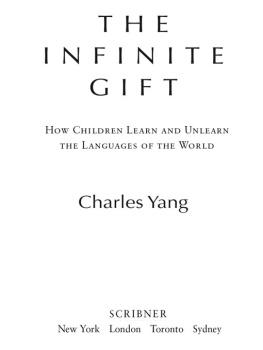



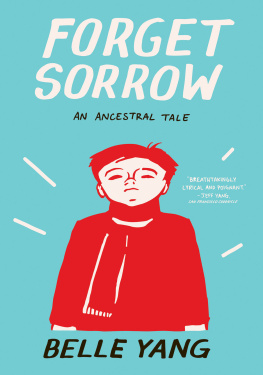
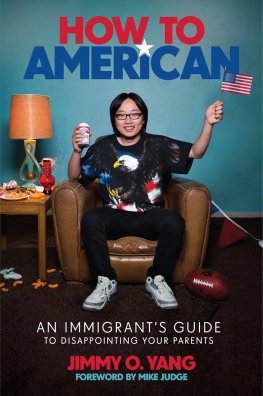
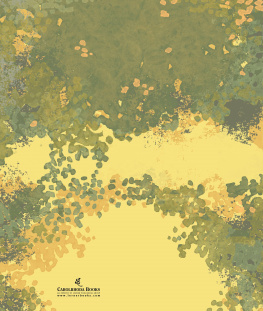

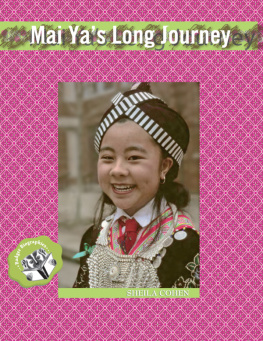
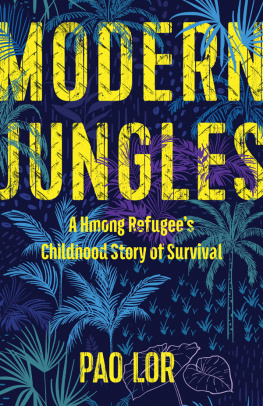

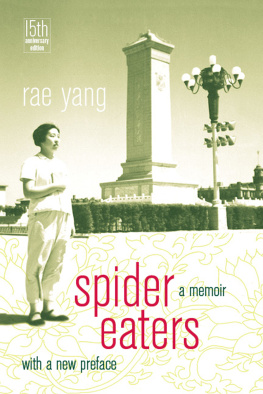
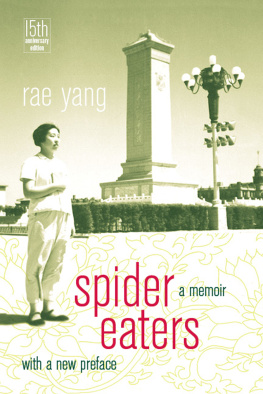
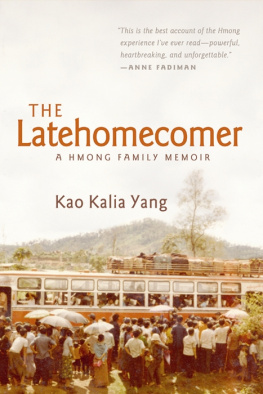
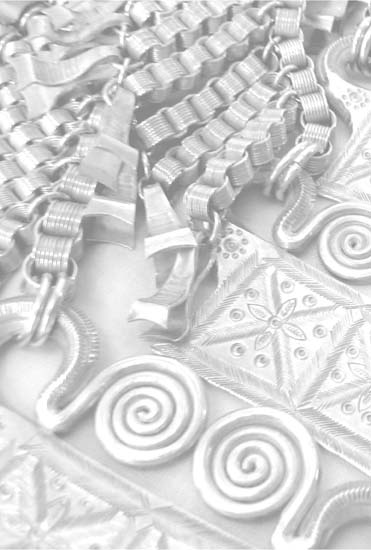





 In Ban Vinai Refugee Camp, Loei Province, Thailand: December 1980January 1987
In Ban Vinai Refugee Camp, Loei Province, Thailand: December 1980January 1987